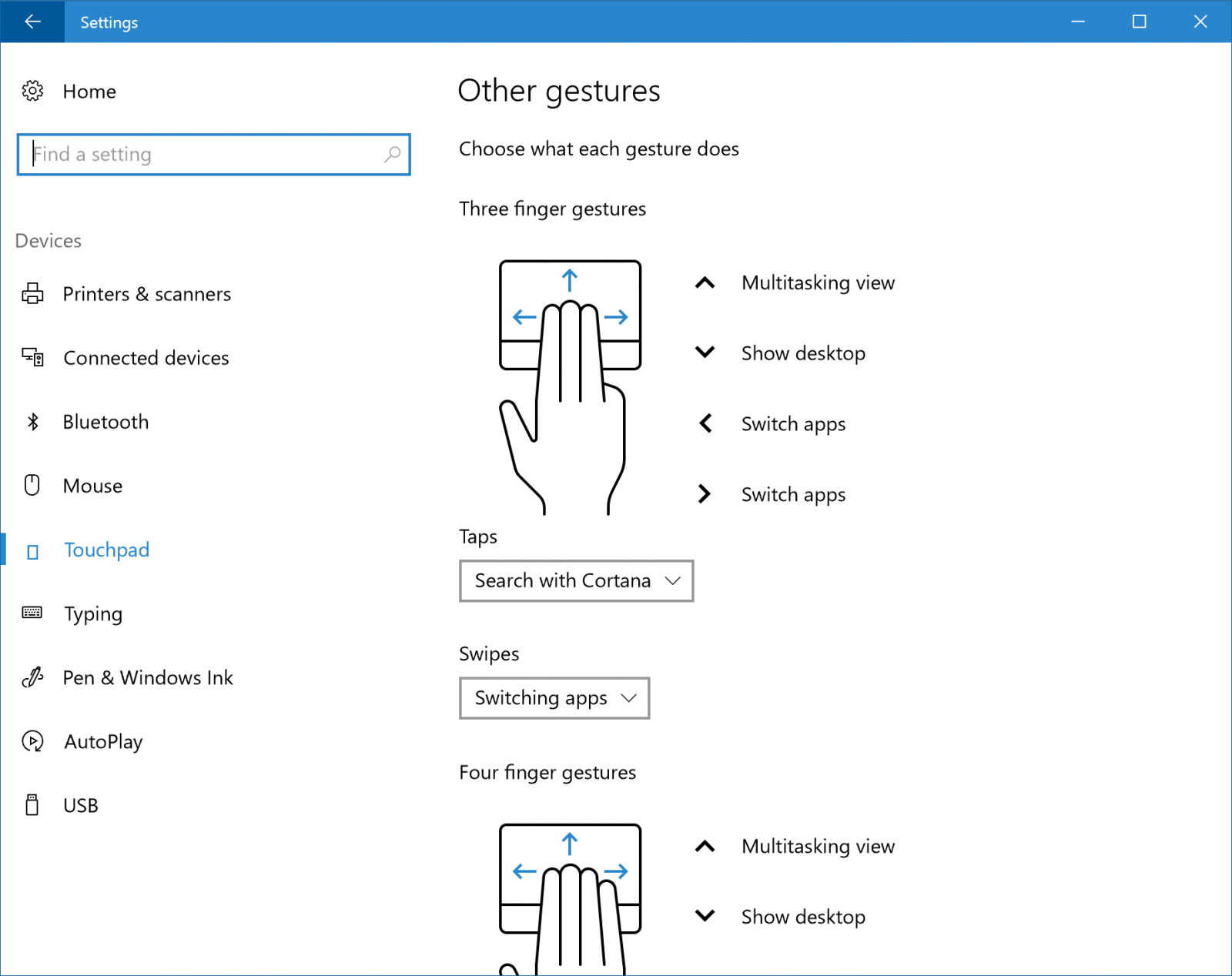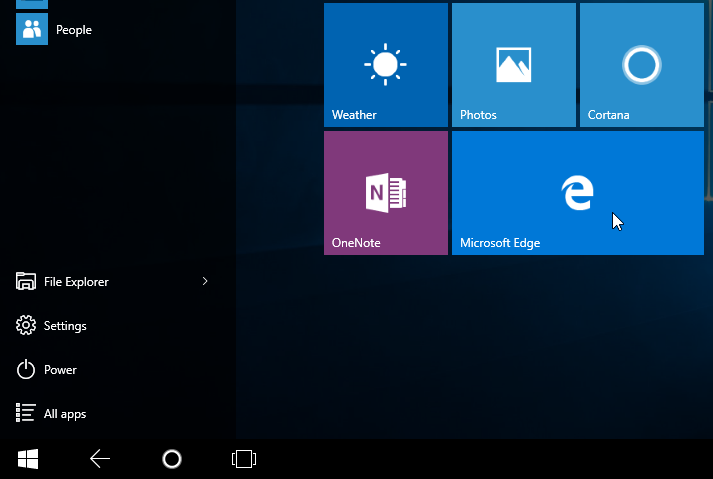
- DISABLE SWIPE FROM LEFT WINDOWS 10 MULTITASK HOW TO
- DISABLE SWIPE FROM LEFT WINDOWS 10 MULTITASK FULL

With the Anniversary Update, this changes. In particular, Tablet mode would leave the taskbar in place, which never felt particularly natural. When Windows 10 first launched, the Tablet mode wasn’t quite as good as I’d wanted it to be. You can control how and when Windows 10 switches between modes Hide the menu bar Just tap the Tablet mode icon to toggle the mode. You can also switch modes manually whenever you like by bringing up the Control Centre (click the icon in the Notification area or swipe in from the right of the screen). Next, you can choose what to do when a change is detected: do nothing, ask what to do, or switch mode automatically. Here you can choose the mode you want when you sign in, although I think that the default option, which automatically detects, is best. Go to Settings in the Start menu, select System and then Tablet mode. If you don’t like the choice you’ve made, you can change it. My preference is to switch between Desktop and Tablet modes (and vice versa) automatically. Likewise, you get a similar option when reconnecting the keyboard. You can choose to be always asked the same question, or pick a default option.
DISABLE SWIPE FROM LEFT WINDOWS 10 MULTITASK FULL
No more do I have to compromise on photo- or video-editing software, or working on a spreadsheet, as I have access to full apps regardless of whether there’s a keyboard attached or not.Īt first, undocking the tablet displays a pop-up asking if you want to change to Tablet mode. You simply don’t get that with regular tablets, where even big-name apps are cut-down versions of the desktop ones. I think the most important thing to remember is that you’re running full Windows applications no matter what mode you’re in. It’s this seamless switch between modes that makes Windows 10 so powerful, as you can effortlessly change between modes and input devices without giving up power. Tablet mode changes the interface, so that it’s easier to use with touch, but you can still run the same range of applications Crucially, you still have access to the same range of apps, and any running programs continue to run when the mode switches. Switch to Tablet mode and all apps go full-screen, the onscreen keyboard appears automatically when you select anything to type text into, and the Start menu goes full-screen when you open it. In Desktop mode, Windows 10 looks like the OS we’ve all come to know and love In Desktop mode, you get the Windows interface that you know and love, with a searchable Start menu and all apps running in resizable windows. To address this, Windows 10 has two modes. That’s particularly important with a Windows 10 2-in-1, as the way you use a computer with a keyboard and touchpad is completely different to using only a touchscreen. It’s a rather simple idea: Continuum senses the type of device you’re currently using and the input methods available, and will switch the interface to suit. Using Continuum to change modeĬontinuum was one of the significant features that Microsoft talked about with Windows 10.
DISABLE SWIPE FROM LEFT WINDOWS 10 MULTITASK HOW TO
Here’s how to make the most out of Windows 10 on a 2-in-1.

Really, you can only fully appreciate Windows 10 on a 2-in-1 device. With the proper supporting hardware, such as the Samsung Galaxy TabPro S, the switch between modes is seamless, providing an excellent desktop experience and an equally elegant touch experience. Windows 10 is designed to support 2-in-1 devices in both tablet and desktop modes.


 0 kommentar(er)
0 kommentar(er)
